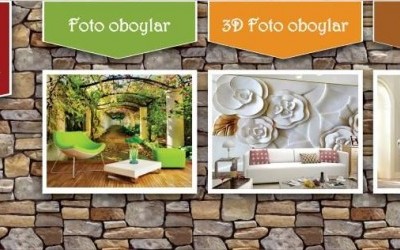Manufacturing 3D wall panels
Manufacturing 3D wall panels involves the process of creating three-dimensional decorative panels used for interior decoration to add texture and depth to walls. These panels can be made from various materials and can feature a wide range of patterns and designs. Here are the key stages in the production of 3D wall panels:
-
Design and Modeling: The process begins with designing and modeling the three-dimensional panels. This includes developing patterns, reliefs, and textures that will be used on the panels.
-
Material Selection: 3D panels can be made from a variety of materials, including plaster, plastic, wood, metal, and even combinations of these materials. The material choice depends on the design and functional requirements.
-
Manufacturing and Casting: The chosen material is shaped and cast into special molds or dies that create the three-dimensional patterns and textures. This may involve processes such as hot casting, milling, stamping, and others.
-
Finishing and Coating: After casting, the panels may undergo additional processes, such as painting, varnishing, or applying protective coatings. This enhances their durability and resistance to external factors.
-
Installation: Finished 3D panels are easily installed on walls using adhesive, nails, or other fasteners. Proper alignment and leveling are essential.
-
Decorating and Lighting: 3D panels can be further decorated and illuminated to create an illumination effect and unique visual effects.
Manufacturing 3D wall panels provides the opportunity to create unique and effective decorative elements in interiors. These panels can be used in residential and commercial spaces, adding an unusual appearance and texture to walls, making interiors more attractive and stylish.


